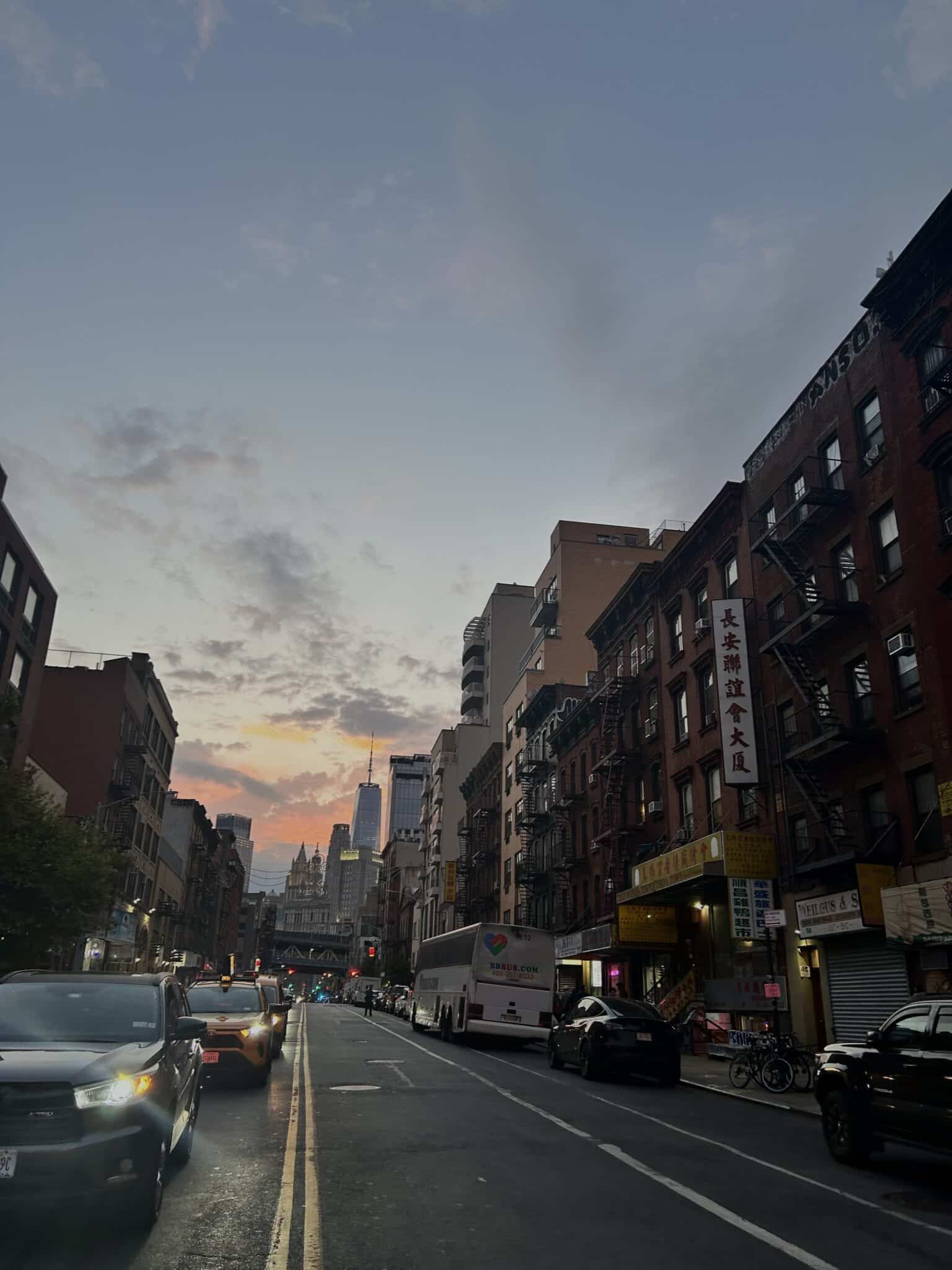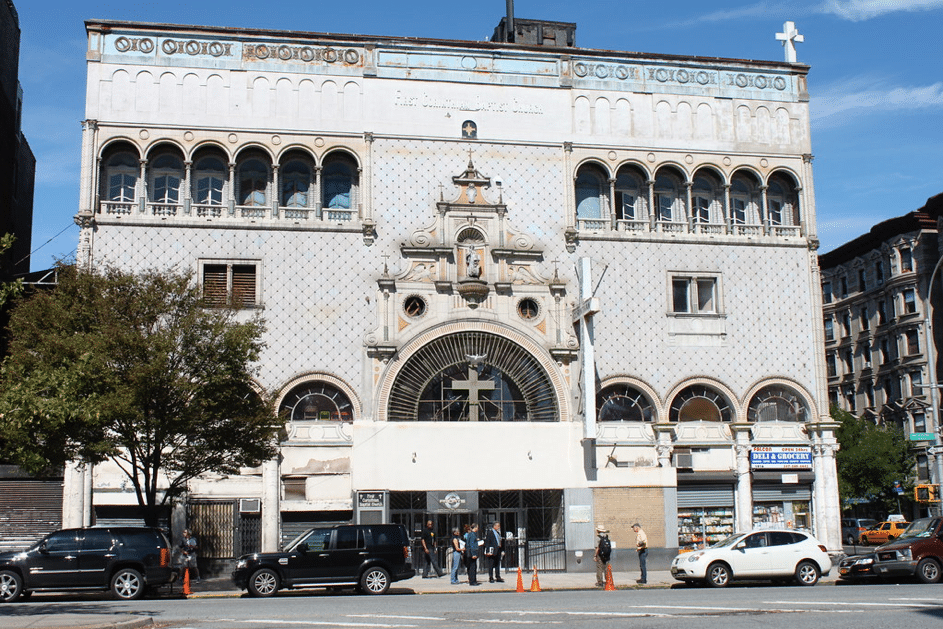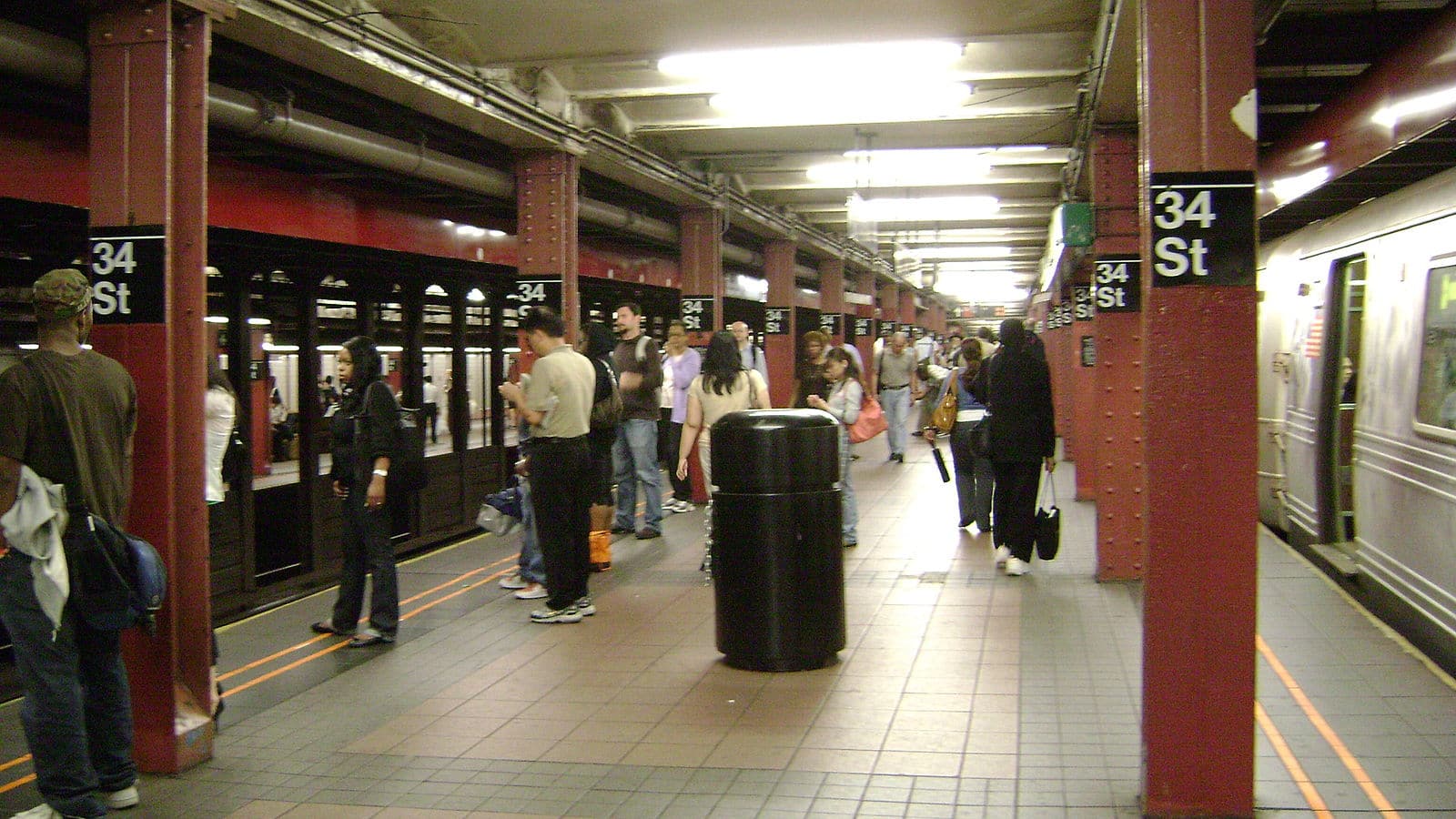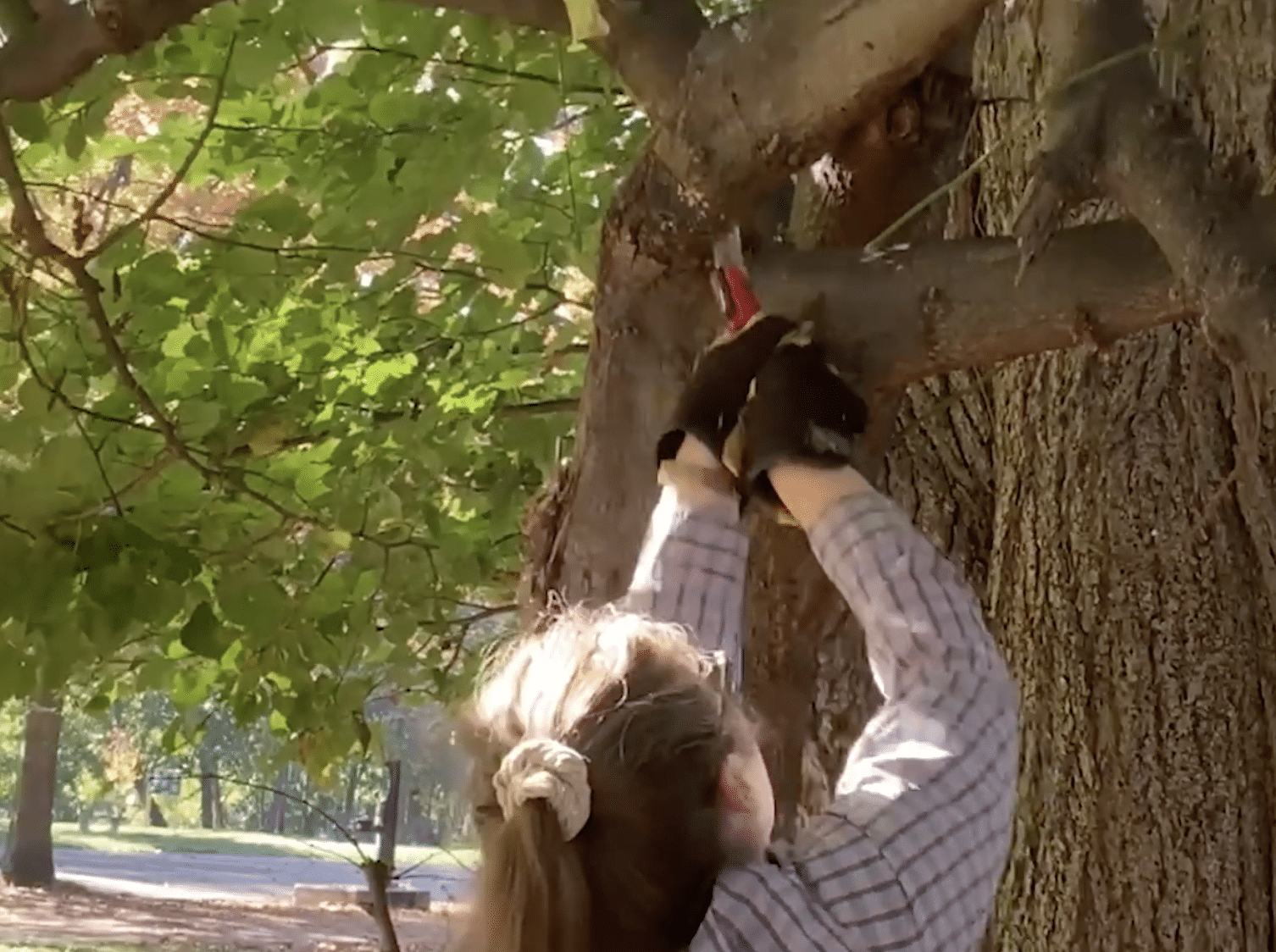The sun sets on the Lower East Side and voters hope politicians remember who they are. Photo by Fatima Rose Esquivel Salazar
In the vibrant mosaic of the Lower East Side, where cultures from around the world converge, the upcoming presidential election has sparked a range of reactions and concerns. For many residents, the election represents more than a change in leadership—it’s a potential turning point for stability, respect, and opportunity.
While nearly half of the neighborhood’s residents are of Hispanic or Asian descent, the diverse communities within the LES approach the election with distinct hopes and challenges. For those who can vote, it’s a chance to influence policies that affect their daily lives. For those who can’t including many immigrants without voting rights, there’s still a profound stake in the outcome, with hopes that leaders will enact policies to improve their lives.
Carmen Rodriguez, a Dominican community advocate, captures the sentiment of many:
“We may not all have the power to vote, but that doesn’t mean we don’t care who leads this country,” she says. “In many ways, we have more at stake than most. We’re fighting for our right to belong.”
Her words resonate with many in the Hispanic and Asian communities who see this election as a chance for leaders to address affordable housing, immigration reform, and pathways to citizenship.
In the LES, housing affordability remains a top issue. Around 60% of residents rent their homes, and rising costs fuel fears of displacement, especially for newer immigrants working in lower-income jobs. “It’s not just about the president,” Rodriguez continues, “it’s about the chance to belong and call this place home without constantly worrying.”
The complexity of concerns is evident as different communities navigate these issues. The Hispanic population, making up 23.5% of the LES, faces challenges in housing and residency pathways. Meanwhile, many Asian residents, who comprise 27% of the population, approach the election with quieter resolve, emphasizing stability, safety, and economic opportunity.
“We’re focused on supporting our families and keeping our businesses running,” says Li Wei, a Chinatown local and daughter of a Chinese-American shop owner. “Sometimes it feels like we’re overlooked in campaigns. But that doesn’t mean we aren’t paying attention.” Her community’s reserved approach doesn’t diminish their engagement; rather, it reflects a practical perspective, valuing candidates who support small businesses and community services.
On the other hand, white residents, though fewer in number than in the past, remain influential in local politics. For this group, preserving the cultural legacy of the LES is a key issue. Thomas Romano, a long-time Italian-American resident, expresses his concern, “This place is changing so fast. The Lower East Side we grew up in is disappearing, and we want leaders who respect that legacy.” For these residents, voting is a way to slow down the rapid transformation of their neighborhood, particularly in historic enclaves like Little Italy.
The candidates’ stances on immigration and housing vary widely, with real budget implications for each community. Reports from the Center on Budget and Policy Priorities and the Urban Institute indicate that expanded affordable housing access and comprehensive immigration reform could both require substantial federal investments but also potentially boost local economies.
For residents of the Lower East Side, the election is more than a political event—it’s a chance to steer the future of their community. With each group bringing a unique perspective to the table, the neighborhood stands at a crossroads, balancing progress with the desire to maintain its rich, multifaceted identity.
Tags: Asian Asian and Italian voters Fatima Rose Esquivel Salazar Hispanic Italian LES voters Lower East Side voters presidential election
Series: Elections






